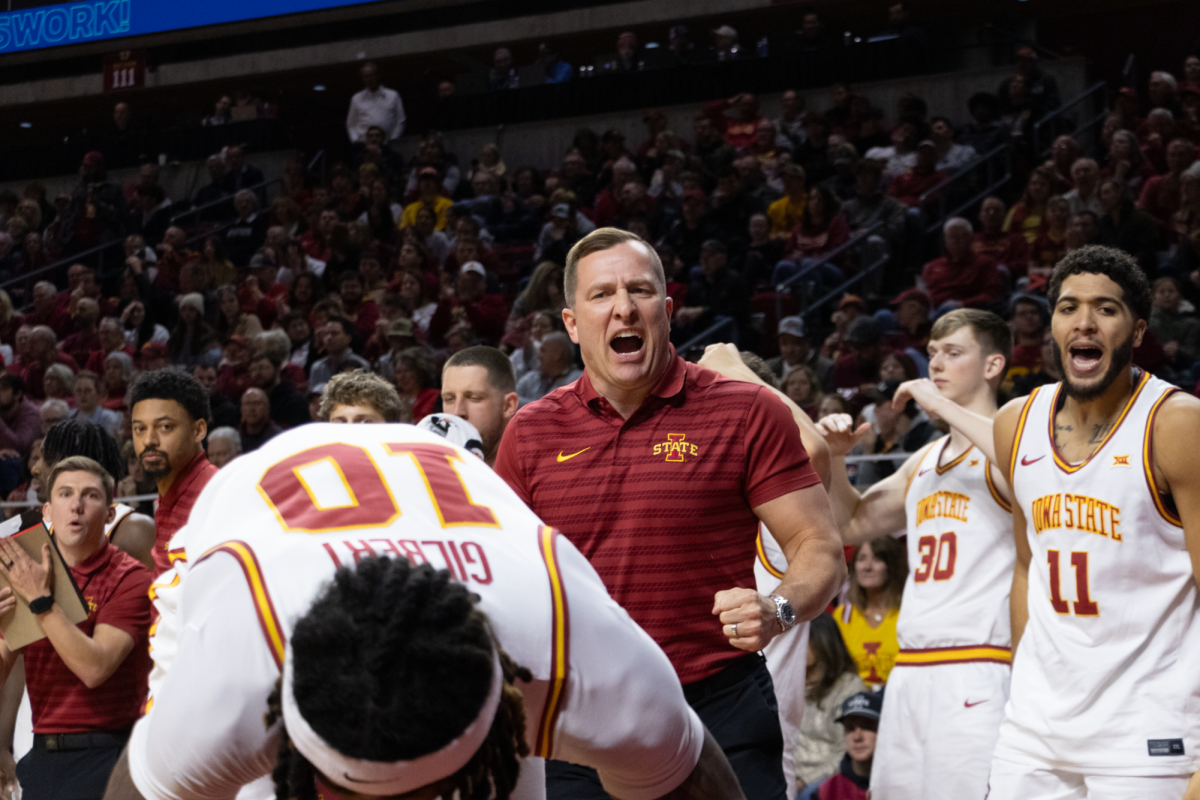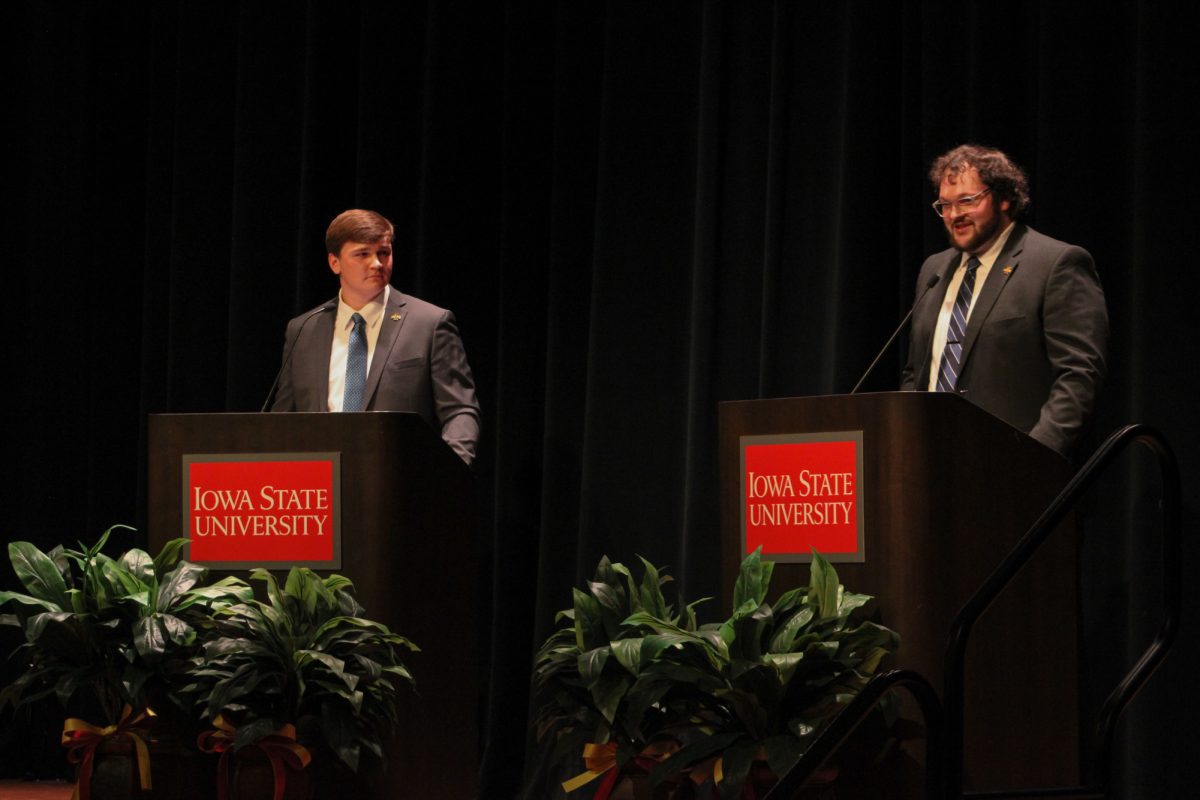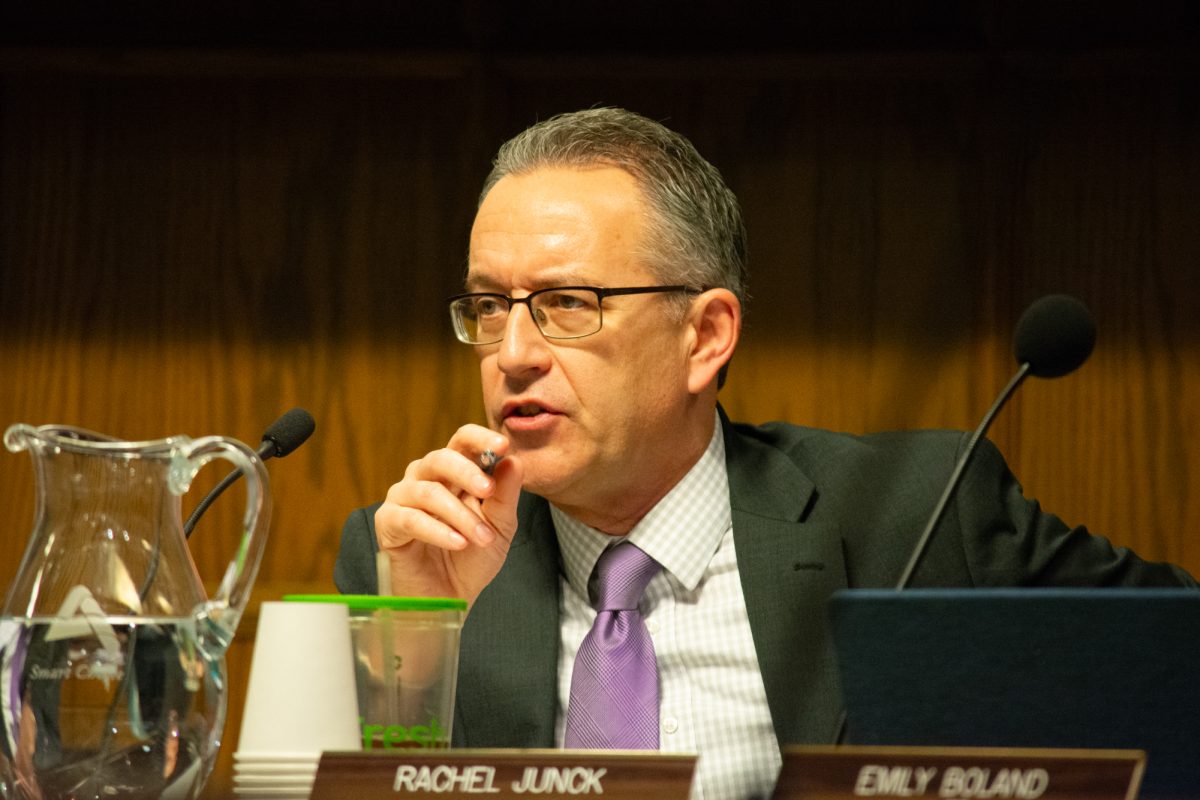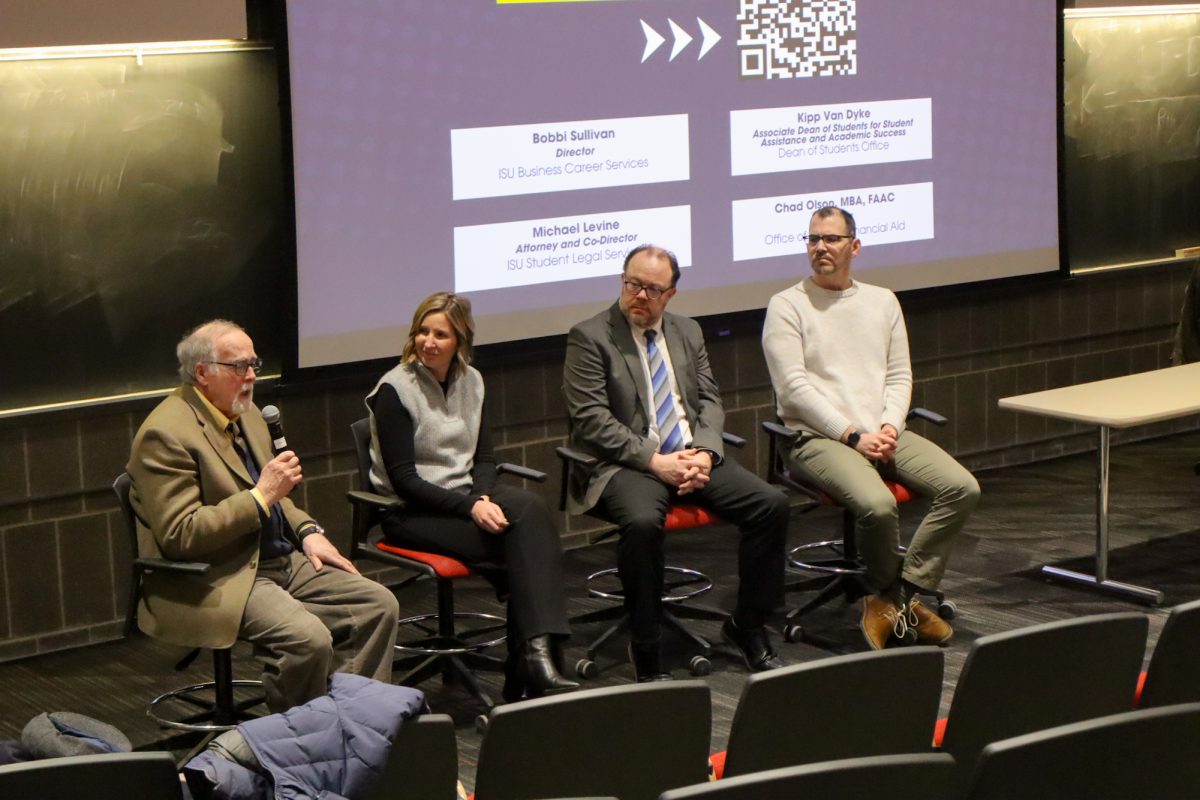Study finds smoking is on the rise among young people
January 17, 2001
Imagine 18 fully-loaded 737-jumbo jets crashing with no survivors every week for a year. These 430,000 fatalities are equivalent to the number of Americans who die annually from tobacco-related illnesses, said Denise Denton, temporary instructor of health and human performance. Brandon Babcock, sophomore in journalism and mass communications, smokes anyway. He’s one of the estimated 5,800 ISU students who smoke, according to a Student Health Center survey conducted in spring 2000. The survey reported that 23.2 percent of 572 students said they have used cigarettes in the past 30 days, said Brian Dunn, health promotion coordinator for the Student Health Center.Babcock said he doesn’t worry about the effects of smoking on his health because he smokes less than one pack a week. Smoking-related diseases kill more Americans annually than combined deaths from AIDS, drug abuse, car accidents and murder, according to the American Lung Association.In addition, college-age adults are now smoking as much or slightly more than adults in the working-age group, according to a national survey of 32,440 adults. The study, conducted in 2000 by the Centers for Disease Control, found that 27.9 percent of adults ages 18-24 smoke, slightly more than the 27.5 percent of adults ages 25-44 who use cigarettes. What does this new wave of young smokers have to look forward to?The American Lung Association has conducted research showing a link between smoking and lung cancer. “Be sad,” if you smoke and get cancer, Denton said, “but don’t be surprised.”Smoking is the major preventable cause of heart disease and stroke, and this habit pollutes the air with secondhand smoke, a known human carcinogen, according to the American Lung Association.Tobacco costs every American — not just smokers — an average of $276 per year in health care bills and lost productivity, according to the lung association. Overall, smoking costs the United States $97.2 billion, annually.These financial and health realities have not prevented some of the student population from smoking, said university health officials.Dunn said 15.8 percent of the students surveyed in the study said they smoke weekly or more.On the other hand, he said 62 percent of ISU students never have used cigarettes. “I would assume that we’re following national trends,” Dunn said.Many college students who smoke socially aren’t heavy smokers, said Vesna Hampel, mental wellness counselor who leads smoking cessation courses at the Student Wellness Center. Hampel, graduate student in psychology, said about 40 percent of the smokers she encounters only smoke socially, while the other 60 percent smoke regularly.Babcock said smoking has just been recreational for him since he started at a dance club when he was 15.”I don’t think I ever smoked for the nicotine,” he said.Like Babcock, many students are picking up this habit at younger ages, said Denton, who also works for Youth and Shelter Services, 420 Kellog Ave. in Ames.Recently Denton said she has encountered many minors who began smoking in seventh grade. Alcohol used to be the first drug most minors tried, but now tobacco is commonly the first drug they use, she said. So, why are more and more young people lighting up?”We do lots of stupid things to belong,” she said.Hampel said peers have a great influence on whether or not a person smokes, especially in younger people.Denton said the media and advertising are responsible for the rise in young smokers. Cigarettes are the most heavily advertised products in the United States, according to the American Lung Association. Independence and rebellion also motivate young people to start this habit, she said, although smokers eventually become dependent on their addiction to nicotine.The ISU Student Health Center has a two-pronged approach to stop the rise in college smoking, Dunn said. The center is looking into grants to fund an advertising campaign at Iowa State to tell non-smokers not to start and encourage smokers to kick the habit, he said. Dunn said the Student Wellness Center offers three approaches for smokers. The American Lung Association’s Freedom From Smoking Program, led by Hampel, is open to anyone from Iowa State or the community, Dunn said. Hampel said she can relate to smokers because she used to smoke, and quitting cold turkey on her own was difficult.”I really think it’s better to do anything with group support,” she said.Hampel said group members discuss why they smoke and how they can manage stress. The American Lung Association found a 90 percent success rate among participants one month after they have finished the program, she said. Dunn said another option for smokers is to use the American Lung Association program independently and meet with a counselor for questions and support. Other smokers interested in quitting may join a weekly support group sponsored by the Student Health Center, he said.






